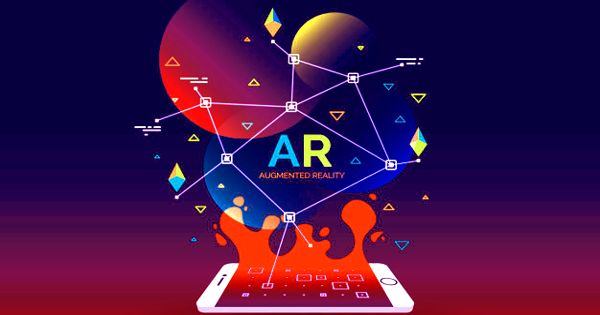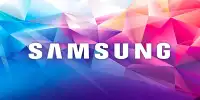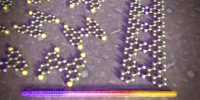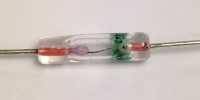Trying on lipstick before purchasing it used to entail dealing with a disinterested sales associate and the dubious hygiene of putting your lips on the same surface as countless other shoppers. Now, heightened by the pandemic, a slew of prominent cosmetics brands are attempting to recreate that experience in apps that superimpose digital representations of cosmetic products, ranging from brows to eyeliner to contouring cream, onto your face as seen through your phone’s front-facing camera. Then, of course, they try to sell you on that augmented reality vision in real life.
Take, for example, Pam McKim, an Orange County resident who recently downloaded My Dior, a storied fashion brand Christian Dior app, for her iPhone 12. McKim digitally projected several lipstick shades onto her face and ended up ordering two shades of the company’s Addict Lip Glow Oil — 001 Pink and 006 Berry, to be exact — directly from the app.
“It was an interesting concept, so I tried it,” she told Futurism. “My lips were fire.”
The trend has already made significant inroads into the beauty industry, which is estimated to be worth more than $500 billion. Rihanna’s Fenty Beauty, Glossier, Gucci, NYX, Maybelline, and Makeup Revolution are among the prominent brands experimenting with variations on the technology, some in increasingly serious ways. In 2018, cosmetics behemoth L’Oréal bought an entire AR development studio, ModiFace, to help build out its offerings in the space.
Augmented Reality Is Changing the Cosmetics Industry Forever. The trend is already making deep inroads into the beauty industry, which is estimated to be worth more than a half-trillion dollars.
“It will be entirely normalized before you buy any cosmetic product,” said Tom Cheesewright, a business consultant in the UK. “Then you can actually create a really sick, digital experience, at very low cost to the brand.”
Behind this phenomenon is a cottage industry of augmented reality developers specializing in the new convergence of cosmetics and filters. Poplar Studio, for example, has created what those in the augmented reality industry refer to as “experiences” for brands such as L’Oréal, NYX, and Maybelline.
“People don’t necessarily want to travel to a store just to try stuff on before buying it,” Poplar CEO David Ripert told Futurism. According to him, the beauty industry requires a level of fidelity that users do not necessarily expect from an Instagram filter that adds bunny ears or a flower crown.
“The way most technology works is that it will apply what we call a mask,” he explained, which Poplar achieves by training the system with thousands of photos and 3D models of real people’s faces. “On that mask, we said this is the lip color, this is the blush, and this is what we’re going to change, and it’ll try to apply that mask on top of your face.”
He explained that the problem is that “all of our faces are different, and your lip form is different from mine and everyone else’s.” It won’t look as realistic as it could unless it completely matches your own form, which takes a lot of work.”
And, he says, the unpredictability of the environments in which they can appear is just as difficult as the variety of human faces. “There could be reflections, like I’m looking at you on the camera right now as you move your face,” Ripert explained. “So because you might have a blue light or maybe your wall is hard, color is going to reflect that on your skin.”
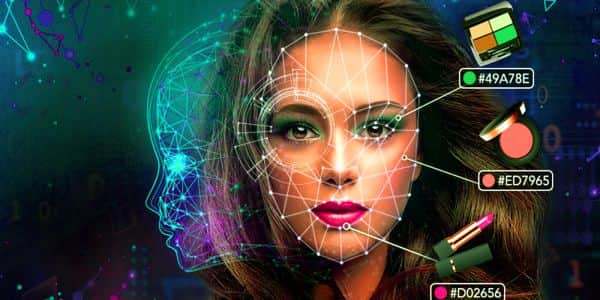
The particulars of Poplar’s work can vary greatly. For a recent collaboration with Maybelline, Ripert’s team created an Instagram filter that digitally erases the user’s brows and then allows them to swap in products such as the company’s eyebrow pomade crayons. He explained that the goal was not only to show the final result, but also to demonstrate how simple the products were to use.
And sometimes the goal is to create a complete story. Poplar created a virtual “haunted house” for a Halloween-themed Instagram filter for NYX, where users could meet horror film-style characters like Prima Ballerina and Broken Beauty and virtually try on each one’s makeup aesthetic. Of course, there are two looming questions about this nascent technology for cosmetics brands: whether it connects with and holds the attention of users, and whether it leads to actual purchases.
“Is this one of those shiny new things?” asked retail consultant Catherine Erdly. “Is this a beautifying filter, or is it a demonstration of what the product can do?”
There is frequently a fine line between a gimmick and a game-changing technology. QR codes, for example, sat dormant for a decade before gaining traction as a touch-free way to access everything from restaurant menus to medical information during the pandemic. It remains to be seen whether AR will ever achieve that level of ubiquity, whether in the beauty industry or elsewhere.
There’s also the question of how good the technology is at depicting the nuances of a real product on your face. The filters can be instantly impressive on a technical level, but they frequently fail to capture the subtleties of texture and lighting that makeup connoisseurs seek in a retail setting. The underlying technology is bound to improve, but it currently lacks the sophistication required to outperform actually trying a product on.
And, like other social media filters, the technology raises questions about the relationship between enhancement and fabrication. Faces exist in the real world, but they also exist as data, as with the masks with which Poplar works, and the distinction has never been more pronounced.
“It gives the false impression that this filter is magically making you more beautiful all around,” Erdly said, echoing McKim’s observation that the app “clearly facetuned me before putting the colors on.”
In other words, the rise of augmented reality in the beauty industry fits into a pre-existing spectrum of digital representations of our selves, ranging from Snapchat to Instagram, Twitter to Zoom, all of which offer some form of beautifying filter.
Eventually, the question may become which is more important, and in which contexts: the analog or digitized version of yourself? It’s easy to imagine a world, perhaps in five or ten years, in which doing your makeup will be more like a “customize your character” selection screen in a video game that shows others how to perceive you on their own AR hardware, rather than spending hours in front of a mirror. One thing is certain: makeup companies are attempting to fill the uncanny valley as soon as possible — with your money, time, and attention.
